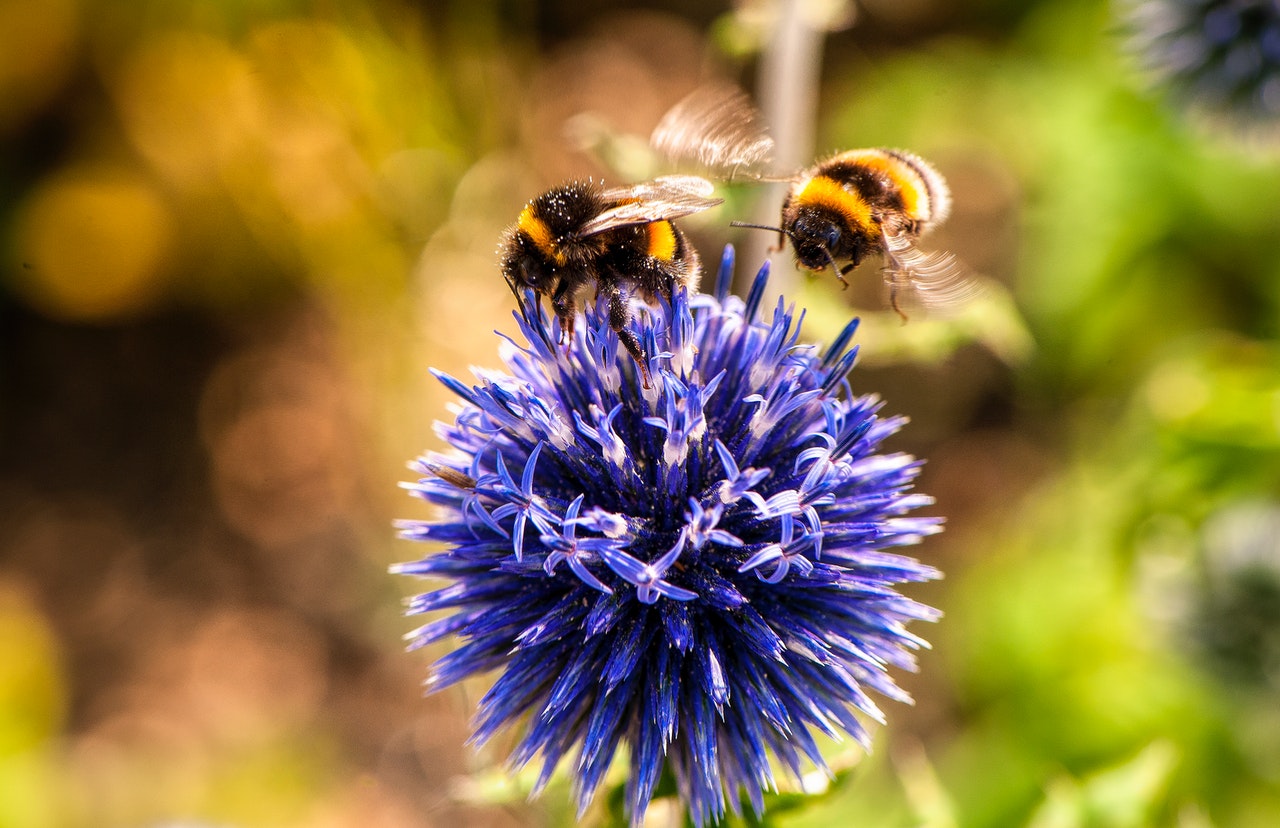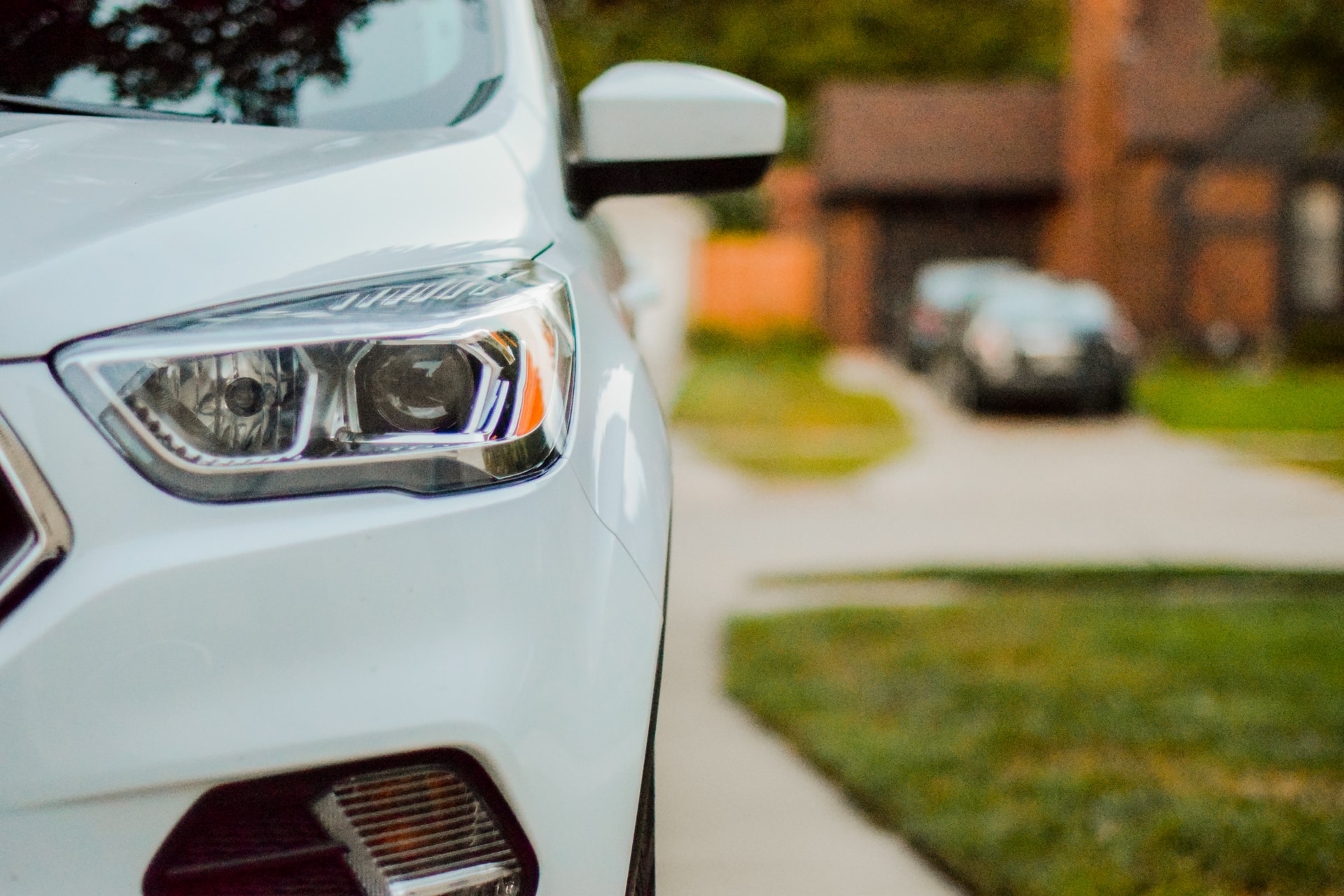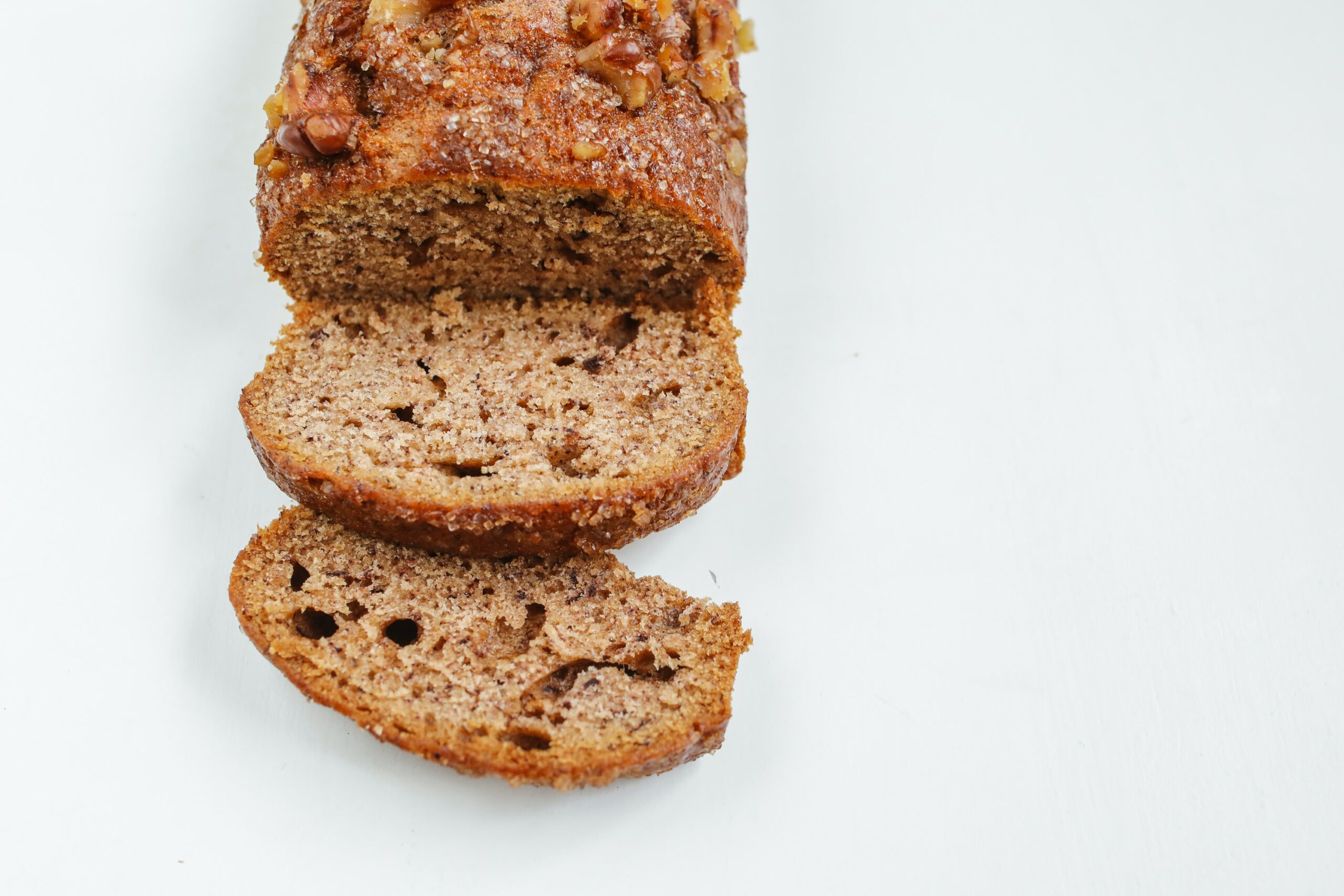By now, we’re all aware of how vital bees are to our ecosystems. We also know our fuzzy little friends are endangered.
The Healthy Bees Plan 2030 was announced by DEFRA in late 2020, which includes actions to improve biosecurity and biodiversity, improve the skills and capacity of bee farmers and beekeepers, improve scientific research on bee health, and provide more opportunities for partnerships and knowledge exchange on keeping bees safe.
Urban bee haven in Liverpool ONE
While increasing greenery is a sure-fire way to help the survival of bees, they can thrive in urban areas if given the right environment. Merseyside shopping centre Liverpool ONE installed two beehives on the roof of one of its buildings in 2019 as part of its sustainable environment commitment.
Today, Liverpool ONE is home to over 160,000 worker bees and one queen. To date, the bees have produced over 80 jars of honey, which are donated to local schools, making this a great social initiative as well. In addition to the beehives, Liverpool ONE is also home to “bug hotels” which house 12 types of insects to protect the species from winter conditions.
Brighton’s bee bus stop
In July 2021, Brighton and Hove revealed a new bus stop for the benefit of bees. While commuters could catch their ride, our black-and-yellow friends are now able to stop off on their own floral platform.
The bus shelter is powered by a solar panel, adding to its sustainable scoresheet. Meanwhile, a bed of wildflowers and sedum plants, which are nectar-rich, help to encourage bees and other pollinating insects. It also absorbs rainwater, nurturing the plants that lie on the roof of the shelter. And just to top it off, all parts of this new shelter are fully recyclable. So, when this bee and bus shelter is at the end of its life, nothing needs to go to the landfill.
Reducing grass cutting to protect bees in Newcastle
Newcastle City Council has taken an innovative step to not only protect bees’ habitats and the flowers they need but to improve biodiversity across the city. The council’s Bee Friendly Verges initiative focuses on mowing less grass, with mowers expected to be used 75% less in the city’s surrounding areas, including Heaton, Gosforth, and Benwell. What’s more, when the grass is mown, the clippings will be collected and repurposed into items like mulch to further improve the quality of greenery in the area.
In some of these areas, the council will be reducing from around eight grass cuttings a year to just two or three, with the added bonus of reducing its carbon emissions. The council has undertaken many initiatives to support a healthy bee population in recent years, including planting pollinator-friendly flowers, eliminating its use of pesticides, and providing education to residents on the importance of bees.
Wales farmers making their land bee-friendly
Farmers who own a total of 25 member farms are making their land bee-friendly through a number of initiatives. The EIP Wales and Bumblebee Conservation-funded project ran as a trial on six sites between 2018 and 2020 before being launched across the remaining farms. Data was gathered on how best to conserve and boost the bee population on farmlands.
The farmers are ensuring their land is the perfect habitat for bees by planting flowers for the pollinators and incorporating nesting and foraging habitats across all parts of their farms, from ponds and ditches to hedgerows and field margins. What’s more, they created “A Guide to Pollinator Friendly Grassland Farming”, a guide that brings together their research to offer practical tips to fellow farmers. Their recommendations include introducing new seeds to track sides that have limited wildflowers and allowing scrub species, including roses, brambles, and ivy, to grow.
Dunbartonshire creates pollinator habitats
As part of the Central Scotland B-Lines project, East Dunbartonshire Council recently created new habitats and spaces for bees in locations including Milton of Campsie and Kirkintilloch. The new spaces consist of wildflower grasslands and newly planted spring bulbs to boost nectar and pollen production.
Not only has the project provided flowers for the insects to feed on, but it also includes nesting sites for bees to rest their weary heads. The “bee banks” are made up of sandy ground that warms up quickly, making it the perfect place for heat-seeking bees to burrow after a hard day of pollination. These new areas are also beneficial to other pollinators, including butterflies, while ground beetles will love the nesting ground.
Bees are essential to our ecosystem, contributing around £690 million to the UK economy through their pollination. Over two-thirds of crops globally depend on them, and with numbers dwindling, we must do more to ensure their survival. In addition to the UK-wide government Healthy Bees Plan 2030, it’s encouraging to see action taken on a local scale, whether that’s creating the perfect urban environment for bees, reducing actions that damage their habitats, or actively creating new habitats and food. This Don’t Step on a Bee Day, ask yourself: what are you doing to help our bee friends?
Sources
https://www.liverpoolecho.co.uk/news/liverpool-news/amazing-pictures-show-160000-bees-20869857
https://www.liverpool-one.com/inspire-me/liverpool-one-beehives/
https://www.newcastle.gov.uk/citylife-news/investment-biodiversity-create-buzz-city
https://www.bumblebeeconservation.org/bumblebee-friendly-farmers-lead-the-way-in-wales/







